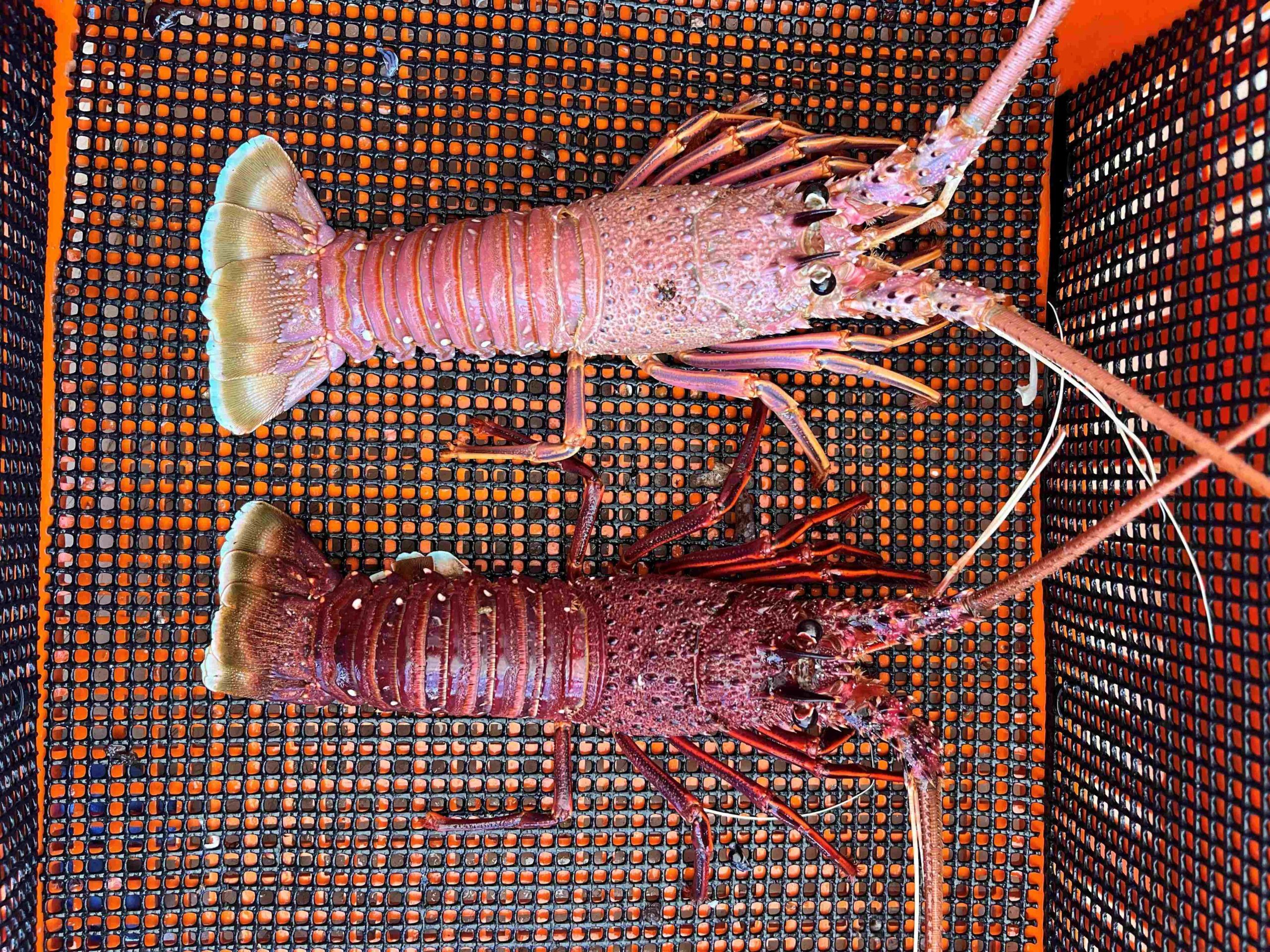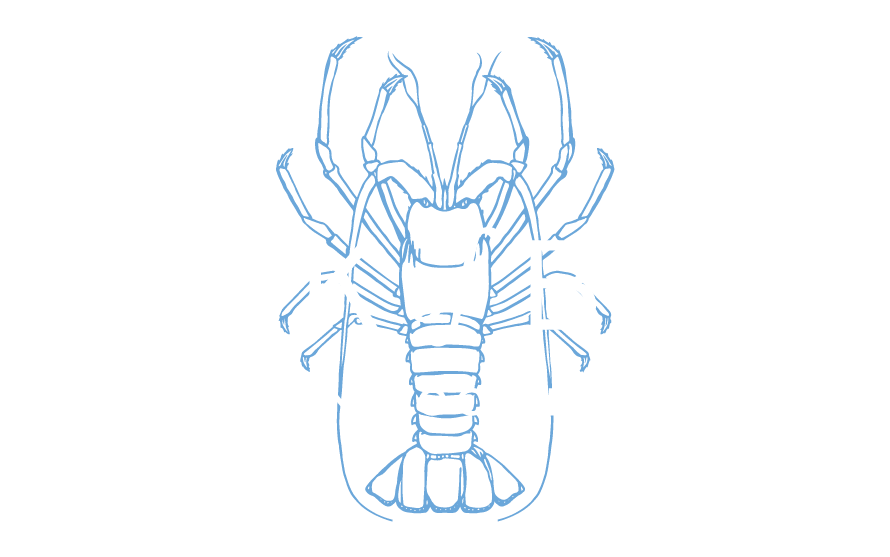
What Are “Whites” Western Rock Lobsters?
Western rock lobsters exhibit some fascinating behaviours during their early years, including a unique migration that takes place each December. This phenomenon is tied to their life cycle and a process called moulting, which transforms their appearance and prepares them for an incredible journey offshore.
What are “Whites”?
“Whites” is the nickname for juvenile western rock lobsters that have recently undergone a synchronised moulting process. Moulting occurs between October and November each year, when these lobsters shed their old shells and develop a new exoskeleton. This transformation changes their usual red shells to a pale pink hue, giving rise to the term “whites.”
The Great Migration
In early December, thousands of these “whites” lobsters migrate en masse from their inshore reef habitats to deeper offshore reefs, where adult lobsters reside. This migration is a remarkable journey, with lobsters travelling across sand-dominated areas in two distinct phases:
- Phase 1: Lobsters head offshore at a precise angle of 283 degrees, using magnetic reckoning to navigate to deeper waters, typically at depths of 100–200 metres.
- Phase 2: Upon reaching these depths, they shift direction and move northward along the continental shelf, following the ocean current.
Why Do They Migrate?
This migration helps young lobsters find more stable environments, with deeper waters offering better protection and resources for their continued growth and survival.
The migration of “whites” is just one stage in the lifecycle of western rock lobsters. For more insights into their behaviour, growth, and habitats, visit the Western Rock Lobster research page here.


